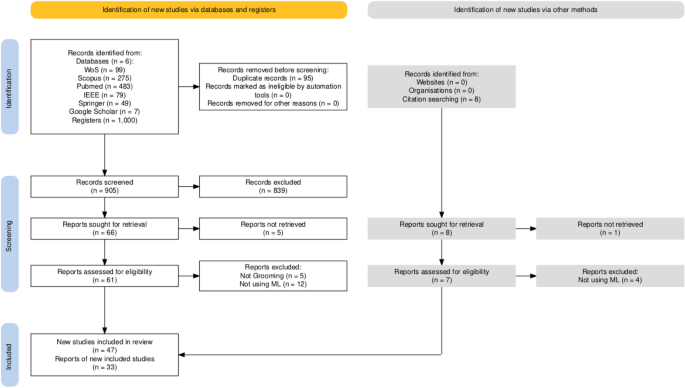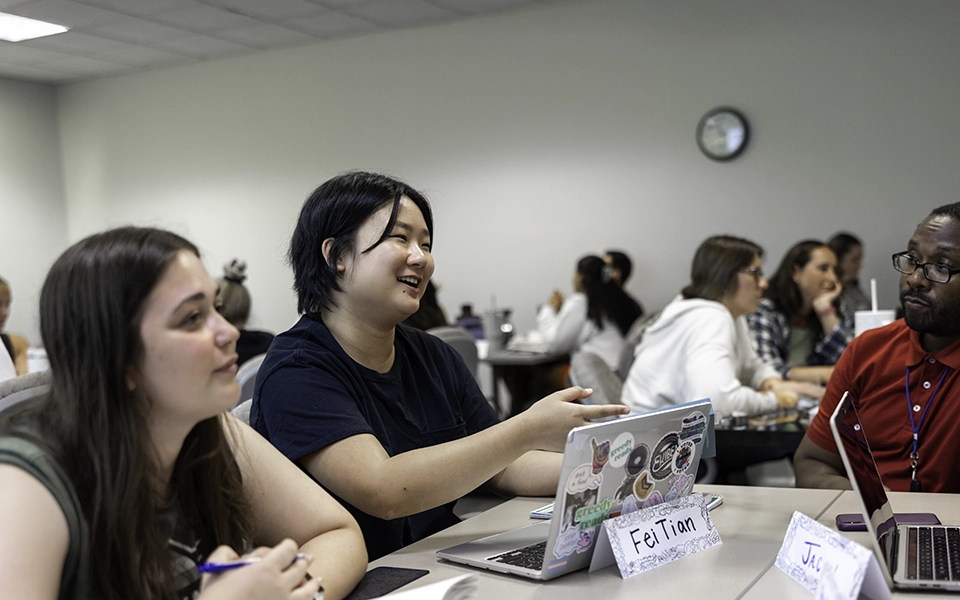Mastering IT Studies and Programming: Effective Learning Techniques | by lianne.dev

Programming and Information Technology (IT) studies are intellectually rewarding but can also be demanding. To succeed in these fields, you need not only technical skills but also effective learning and productivity techniques. In this blog post, we will explore seven powerful methods that can help IT students improve their coding skills and knowledge retention.
Named after the legendary physicist Richard Feynman, this method is all about teaching to learn. Here’s how it works:
- Choose a coding concept or topic you want to understand better.
- Explain it as if you were teaching it to someone else, using simple language and examples.
- Identify gaps in your knowledge and review the source material to fill those gaps.
- Simplify and refine your explanation until it’s clear and concise.
By teaching a concept to someone (real or imaginary), you reinforce your understanding and discover areas where you need to delve deeper.
Parkinson’s Law suggests that work expands to fill the time available for its completion. To harness this principle effectively:
- Set specific deadlines for your coding projects and assignments.
- Break down larger coding tasks into smaller, manageable chunks with their own deadlines.
- Use time constraints to your advantage, focusing on the most critical and high-impact tasks.
This approach helps you avoid procrastination and work more efficiently.
The Pomodoro Technique is a time management method that involves working in focused intervals:
- Set a timer for 25 minutes (a Pomodoro) and work on a coding task with full concentration during this time.
- After each Pomodoro, take a 5-minute break to recharge and relax.
- Repeat the cycle, and after four Pomodoros, take a longer break of 15–30 minutes.
Pomodoro helps maintain productivity by breaking your work into manageable chunks and providing regular breaks to prevent burnout.
Your “second brain” is an external system, like note-taking software, where you store coding knowledge, code snippets, and resources:
- Create a digital or physical note-taking system to organize your programming knowledge.
- Use tools like Evernote, Notion, or a personal wiki to categorize and retrieve information easily.
- Document your learning journey, insights, and coding techniques.
This second brain becomes a valuable resource for reference and problem-solving.
When faced with a challenging coding problem, explain it out loud as if you were teaching someone:
- This verbalization can help clarify your thoughts and potentially lead to a solution.
- Pair programming or discussing problems with a colleague can serve a similar purpose.
Explaining a problem out loud often uncovers new perspectives and insights.
The Leitner System is a flashcard-based method for memorizing coding concepts:
- Create flashcards for key programming terms, algorithms, or data structures.
- Review the flashcards regularly and categorize them based on how well you know each concept.
- Move cards you remember well to the “long-term memory” pile and focus on the ones you struggle with more frequently.
This technique optimizes your memory retention and ensures you focus on your weak points.
SQR3 is an effective reading method for studying coding materials:
- Survey: Quickly skim through the programming material to understand its structure, headings, and key points.
- Question: Formulate questions based on what you want to learn from the material.
- Read: Read the material thoroughly, actively seeking answers to your questions.
- Recite: Summarize the material in your own words, explaining the main points and concepts.
- Review: Periodically review your notes and summaries to reinforce your understanding.
This method turns passive reading into an active learning process.
Incorporating these learning and productivity techniques into your IT studies and programming journey can significantly enhance your understanding, retention, and productivity. Tailor these methods to your preferences, and watch your coding skills and knowledge flourish.
Remember that success in IT and programming is not just about knowing how to code but also about the methods you employ to learn and work effectively. Good luck on your programming and IT journey!
link








